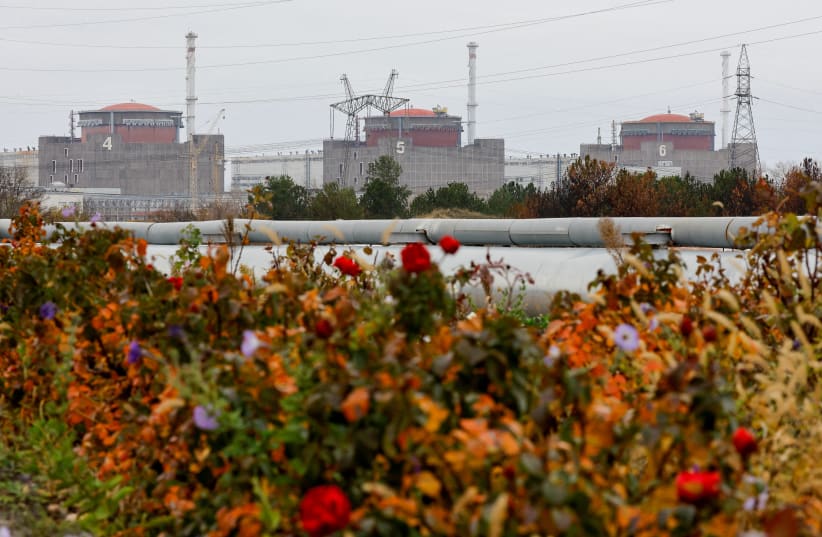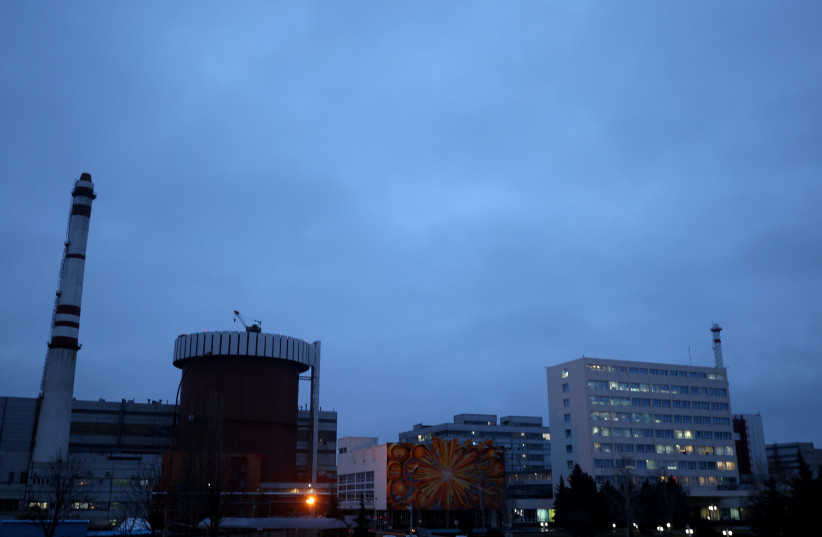Ukraine fears its Zaporizhzhia nuclear power station could by late summer face a shortage of water to cool reactors because Russian forces have let water out of a reservoir that supplies the plant.
Ihor Syrota, director general of the state-run Ukrhydroenergo hydropower generating company, told Reuters there was no immediate danger to Europe's largest nuclear plant, which has been occupied by Russian forces for the past year.
But he voiced concern about what would happen if water levels fell further at the Kakhovka reservoir on the River Dnipro, which supplies the plant and millions of people in southern Ukraine, including in Russian-occupied Crimea.
The level has fallen because Russian troops who control the reservoir, and also the Kakhovka hydroelectric power station and dam, have let some water out through sluice gates, he said.
Nuclear plants need enough water to cool their reactors and to help prevent a nuclear meltdown. Syrota said the Zaporizhzhia plant still needed water to cool its reactors even though they have been shut down.
"An issue (with lack of water for cooling) could arise in the summer, in late summer," Syrota said in an interview, adding that the reservoir could be drained in days if all sluice gates were open.
"I hope we don't get to that situation. I hope we de-occupy faster," he said, referring to a planned Ukrainian counteroffensive to recapture occupied territory.
State nuclear power company Energoatom said last month the water level at the reservoir was usually 16 meters but had dropped to 13.8 meters. It said a fall to 12.8 meters would be an emergency, and 12 meters would a critical situation.
Syrota said the level had risen since then thanks to the winter thaw.
"They (the Russians) are discharging a certain volume and we have raised the level to 14.30 meters from 13.50-13.60 meters. But still the gates (of the dam) are open," Syrota said.
IAEA Chief's visit
The Russian forces occupying Ukraine have not commented on the water level. Russia's RIA news agency has reported that the Russian military is repairing one of the six hydrogenerators at the Kakhovka hydroelectric power station.
The Zaporizhzhia nuclear plant accounted for around 20% of Ukraine's national power generation before Russia's invasion in February 2022, but has not produced any electricity since September, when the last of its six reactors was taken offline.
Monitors from the UN nuclear watchdog, the International Atomic Energy Agency, have been posted at the station since September and IAEA chief Rafael Grossi will visit it this week to assess the situation there.
Ukraine and Russia accuse each other of shelling the site of the plant, which lies near front lines. The IAEA wants to create a security zone around the plant to reduce the risk of a nuclear accident, nearly four decades after the Chornobyl disaster.
Russia and Ukraine also accused each other last year of planning to blow up the Kakhovka dam, a step that would unleash a devastating flood across a large area.

